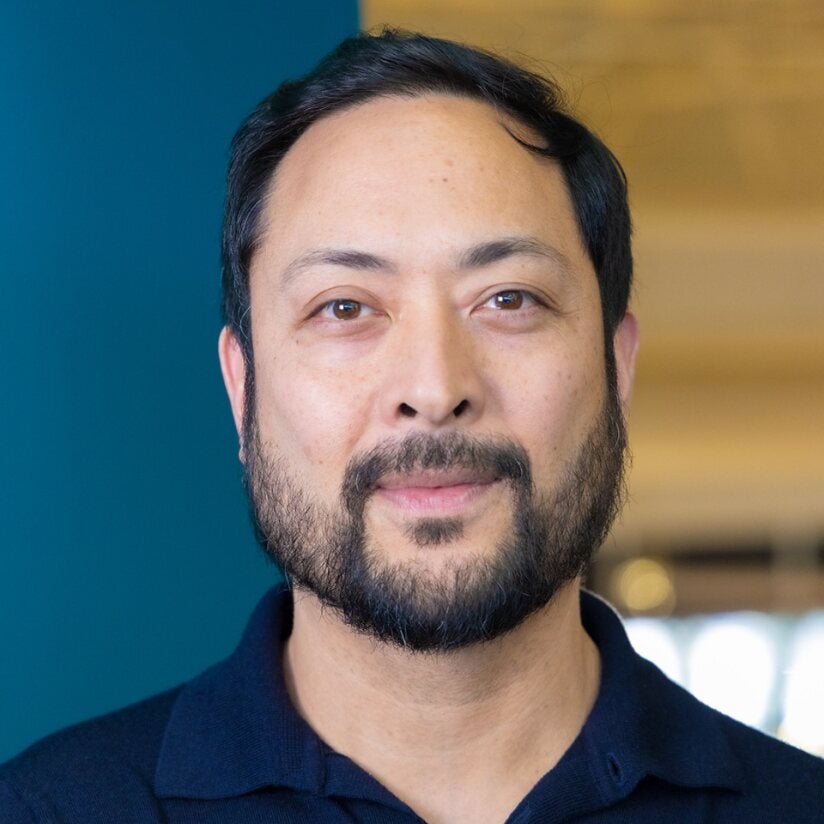Media, Search & Analytics
Rivilla shares Marcus Thomas' use of generative AI with Digiday's Bürgi
November 13th 2024
Media Buying Briefing: How generative AI is being applied in big and small settings
In an interview with Digiday Senior Editor Michael Bürgi, Raphael Rivilla, chief media officer at Marcus Thomas, explained the process of AI twinning to create lookalike audiences (and panels of lookalikes) to save clients time and money. Below is an excerpt.
“On a much smaller scale, independent agency Marcus Thomas offers up its own use of generative AI, a practice it has dubbed AI twinning. AI is used to replicate what humans do in the fact-finding process on behalf of clients and uses lookalike modeling created when clients’ first party data is merged with other inputs to mimic the perfect customer or would-be customer.
Rivilla explained the process of AI twinning for a few prospective clients, including a new snack product that sits between a candy bar and a health bar, as well as a workers’ comp provider (due to client sensitivities, he declined to name the clients).
Working with a company called Consumr.ai, which developed the software used to crunch the AI twinning, Rivilla said the clients offer up their first-party data that’s then paired with either Simmons, MRI or even Meltwater data, and added to informational feeds from all manner of social platforms that Consumr.ai has. The result is the fleshing out of an AI-generated synthetic lookalike of the prospective customer of the new product or service.
Once the lookalike is created, Rivilla and team prompt it with questions about what that consumer might want. The AI twin “literally will converse right back at you,” said RIvilla. “The more you converse with them, the more they converse back and literally will give you insights into the product, why they would buy something or not buy something. Then taking it a step further, you can then start asking, ‘If we create this concept, this advertising campaign, does it resonate with you?’”
Marcus Thomas also uses it to create entire panels of lookalikes, which he explained saves time and money, since putting together human panel research requires much more of both.
“It’s cheaper than getting a panel, recruiting a panel, all the time you would spend as an agency sorting through all the questions, getting the questions in one place,” said Rivilla. “It also has an analyzer, so if you have multiple AI twins and you’re asking it the same question, it’ll extract the similarities.”
If you are a Digiday subscriber, you can read the full interview with Raphael Rivilla here.







